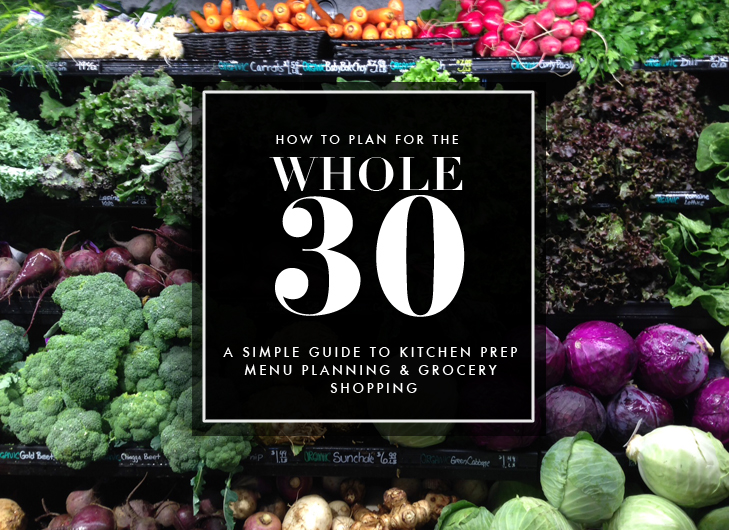
“The next 30 days will change your life.” These promising words are a comforting maxim after a long few weeks of non-stop eating and giving in to our guiltiest food pleasures. There comes “the morning of realization”— that is, the realization that something must be done. So you research detoxes and look up the rate on local gym memberships, all while feeling helpless, desperate, and maybe even a bit hungry.
Although it still may be sweater weather, it is important to wake up feeling your absolute best. The Whole30 is a simple guide that calls upon readers to “reset” their current health cycle, rebooting their metabolism, systemic inflammation, and the poor choices in nutrition they have been making this holiday season.
Tough love it is. You can sit back and weep, or do some damage control. 30 is often considered the magic number when it comes to the inner workings of the mind. In this amount of time, you can remove all the psychologically unhealthy, hormone-unbalancing, inflammatory foods to allow your body to heal and recover from the side effects of poor eating.
YES LIST → Everything you can eat**.**
- Meat
- Poultry.
- Fish.
- Veggies.
- Fruits.
- Fats.
They key to the Whole30 is to eliminate consumption of all processed foods, artificial sweeteners, legumes, carrageenan, MSG or sulfites, grains, soy, alcohol, sugars, and dairy. Although the list may seem long, removing these “stressors” from the body enables you to heal by reducing inflammation in the body, rejuvenating your skin, and revitalizing your energy levels.
THE FINE PRINT→ Exceptions deemed “ok” during your Whole30
- Clarified Butter or Ghee. (normal butter is NOT allowed)
- Fruit juice as a sweetener.
- Certain legumes. Green beans, sugar snap peas and snow peas
- Vinegar. Not including those with added sugar, or malt vinegar, which contains gluten.
- Salt.
The Whole30 follows a strict “no-scale” policy and forbids all calorie counting and measuring, all of which which may seem like an unconventional approach to nutrition compared to other weight loss and health programs. According to authors Melissa and Dallas Hartwig, “This is about so much more than just weight loss, and to focus on your body composition means you’ll miss out on the most dramatic and lifelong benefits this plan has to offer.”
There is one stipulation- no slip ups, no cheat days, and under no circumstances “special occasions.” A “Reset button” calls for absolute commitment, meaning no Costco samples, sips of lattes, frozen yogurt tasters, or bites of pizza. All it takes is a small amount of these foods to throw you off the wagon and back to Day 1.
In his Ted Talk, “Try Something New For 30 Days,” Matt Cutts implores viewers to think about something they have always wanted to add to their life and work toward it for the next 30 days: “It turns out 30 days is just about the right amount of time to add a new habit or subtract a habit— like watching the news—from your life.”
Time usually passes us by, however, these challenges allow us to take advantage of what each day has to offer- in doing so, these 30 days become memorable when manifesting a certain goal or challenge. According to a 2016 survey of more than 7,600 Whole30’ers, 88% of people who completed the program said it actually did change their lives.
“It is not hard. Don’t you dare tell us this is hard. Quitting heroin is hard. Beating cancer is hard. Drinking your coffee black. Is. Not. Hard. You won’t get any coddling, and you won’t get any sympathy for your 'struggles.'" -THE WHOLE 30
More information here.
You may also like

When Cheese Gets Interesting for Brain Health

What Happens If ACA Tax Credits End?

The Byheart Recall, Explained for Parents

What's Behind California's 2025 Crime Drop?

Why Holiday Shopping Looks Different in 2025
